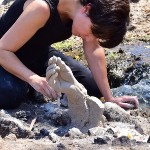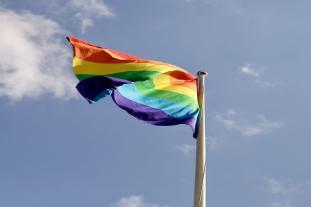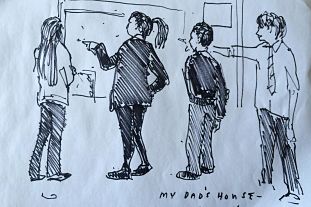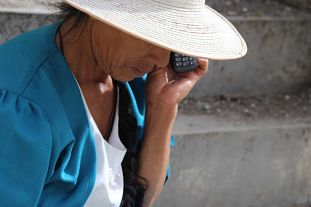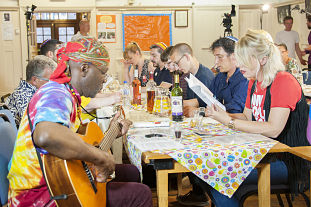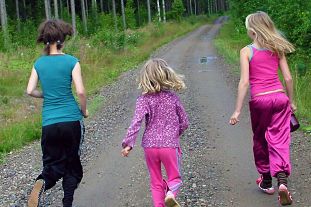Fostering art-science collaborations to tackle environmental challenges
Creative engagements with environmental challenges are vital in breaking down the idea that nature is somehow external to humans.
Creative engagements with environmental challenges are vital in breaking down the idea that nature is somehow external to humans.
Debates over the prevalence of peer-based sexual violence among teenagers and young people were reignited by Soma Sara’s Everyone’s Invited movement in 2021. In the space of several months almost 15,000 Everyone’s Invited users shared experiences of sexual harassment and abuse. These revelations have called into question how well government guidance on how to handle sexual violence between young people in education settings is being implemented. They also highlight areas for development within the delivery of Relationship and Sex Education (RSE) both within and beyond schools.
In a world that is changing with increasing rapidity, is our approach to the study of languages and cultures adequate to the challenges we face?
Fouling of public areas by dog faeces has serious public health impacts, not least by discouraging healthy outdoor play. This research engaged schools and communities to support and monitor their efforts to stimulate behaviour change among dog owners.
Care home staff and managers often lack knowledge about the delivery of personalised care to older LGBT residents.
We must provide young people with an opportunity to voice their understanding of culture, who influences it and how and why they value it. This can help cultural policy makers to design a cultural offer that best meets young people’s needs.
The project fuses basic communication technology with digital technology to enable excluded communities to share their stories with the world.
The value of research should not be judged by short-term impact but by its ability to build long-term conversations between universities and social partners.
This research looks at what makes sex and relationship education effective and acceptable to young people
Most girls are less active than boys from childhood to adolescence. Creative and concerted efforts are needed to directly address this gender gap. Our research shows that peers, parents, active travel to school and after-school clubs hold promise to help girls become and stay active.
